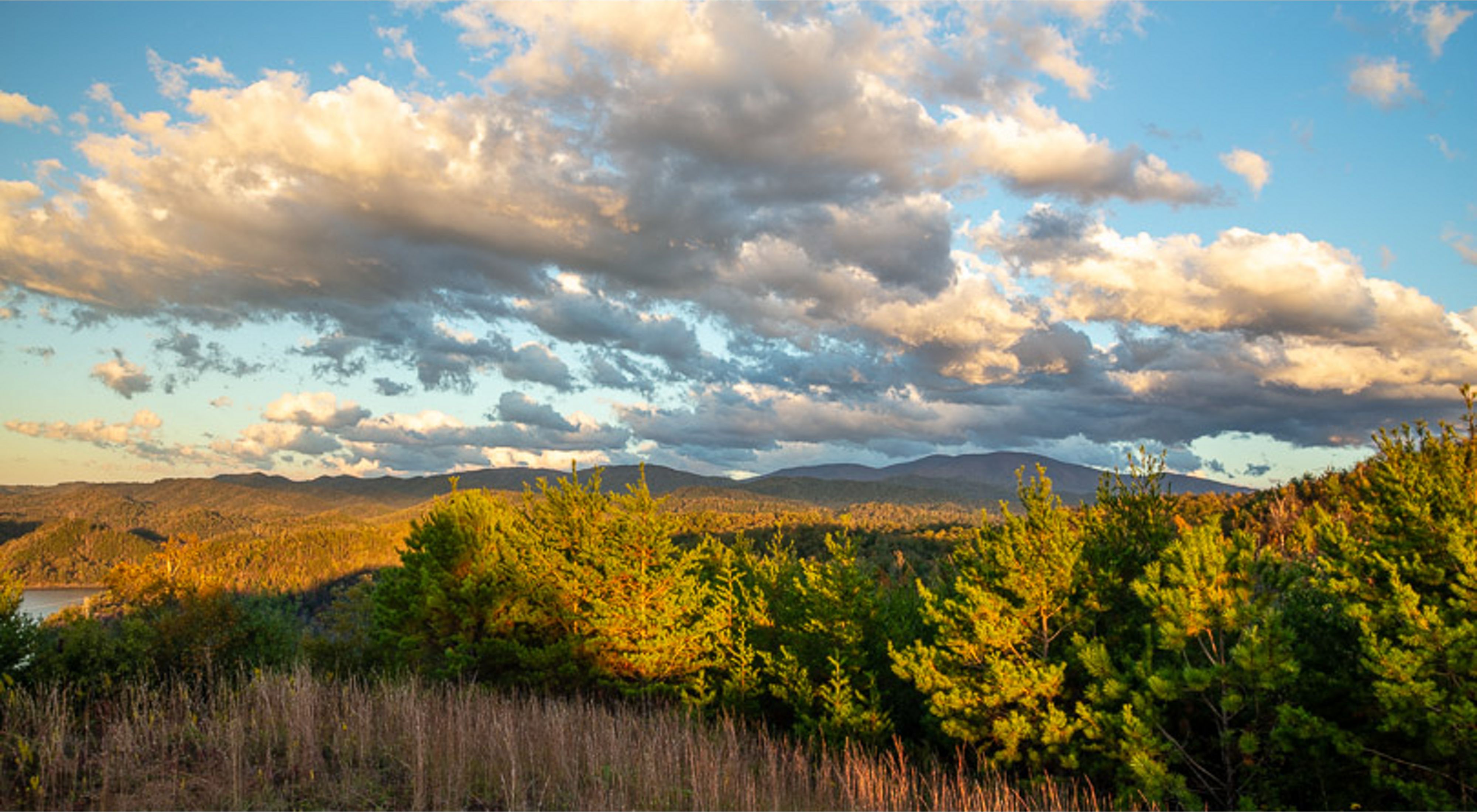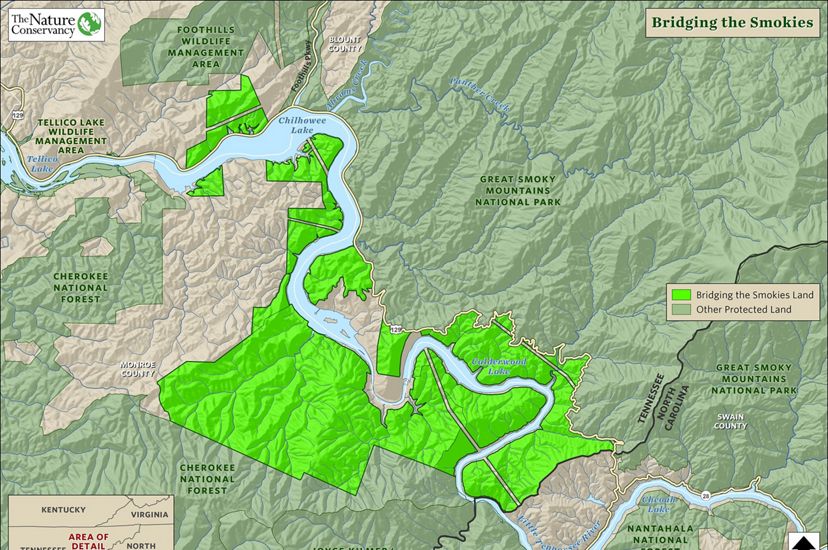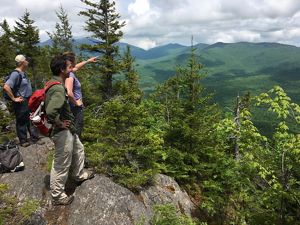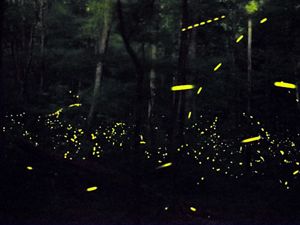Working with partners to permanently protect and connect key lands and waters around the Great Smoky Mountains National Park.

In 1998, The Nature Conservancy met with an unexpected opportunity to advance its mission in Tennessee when the Federal Energy Regulatory Commission (FERC) required Alcoa Power Generating Company, Inc. to protect key lands and waters as mitigation for re-licensing four hydropower dams on the little Tennessee River. Later, when Brookfield Renewable Energy Group purchased Alcoa's dams, the new partner approached TNC about transferring 4,000 acres of mountain forests to TNC to safeguard a portion of the Little Tennessee River watershed that flows into Calderwood Lake.
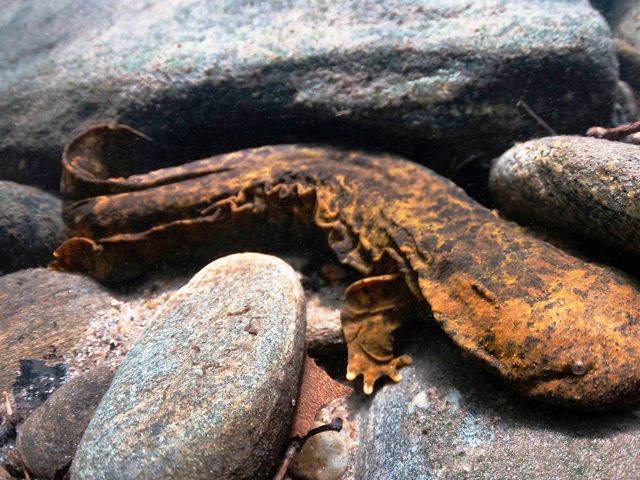
These agreements have laid the groundwork for a new initiative, called “Bridging the Smokies,” that has resulted in permanently protecting and connecting key portions of the Great Smoky Mountains National Park, the Cherokee National Forest's south zone, State of Tennessee wildlife management area lands and the Nantahala National Forest in western North Carolina for more than two decades. Thanks to support from more than a dozen local, state, federal, tribal and non-profit partners, TNC has acquired land and secured conservation easements to permanently protect approximately 10,000 acres to date. Depending on where an acquisition or easement is located, TNC transfers these properties to the U.S. Forest Service, National Park Service and Tennessee Wildlife Resources Agency to be incorporated into their existing land and water portfolios.
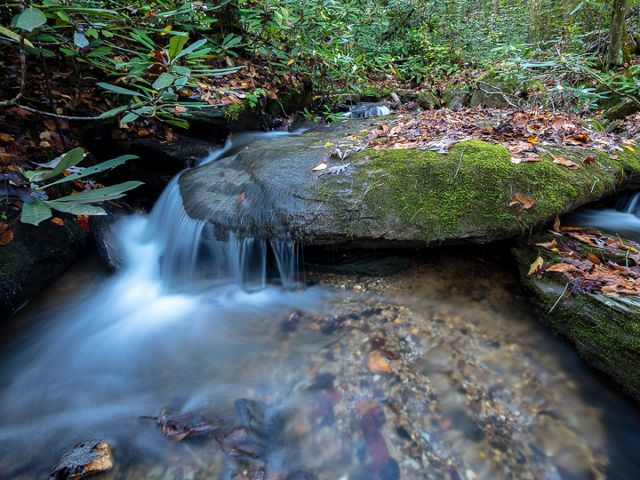
Conserving Wildlife Corridors
Surveys of this part of Tennessee have documented more than 20 rare, threatened and endangered species, including bald eagle, the peregrine falcon, hellbender, the Junaluska salamander, bristle fern, chalk maple and smoky dace. Common species such as black bear and white-tailed deer are also found in the region. The Conservancy's efforts in the region are also likely benefiting Photinus carolinus, a synchronous firefly species unique to the Great Smoky Mountains National Park.
Quote: Gabby Lynch

These efforts safeguard key habitat, create natural pathways and eliminate threats posed to a number of species, including P. carolinus.
Working with partners to permanently protect and connect wildlife habitat ensures that these species can complete life cycles that sometimes span a wide range. Establishing wildlife corridors also supports a more resilient landscape that allows species to move and adapt to habitat loss and climate change.
